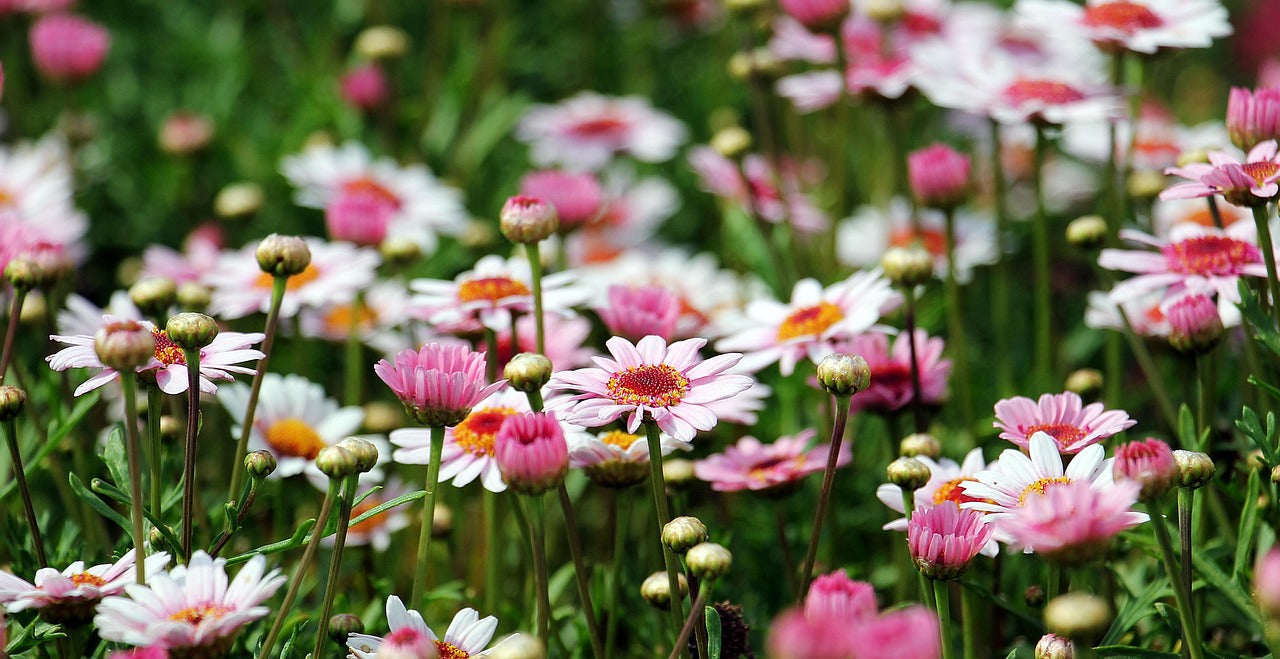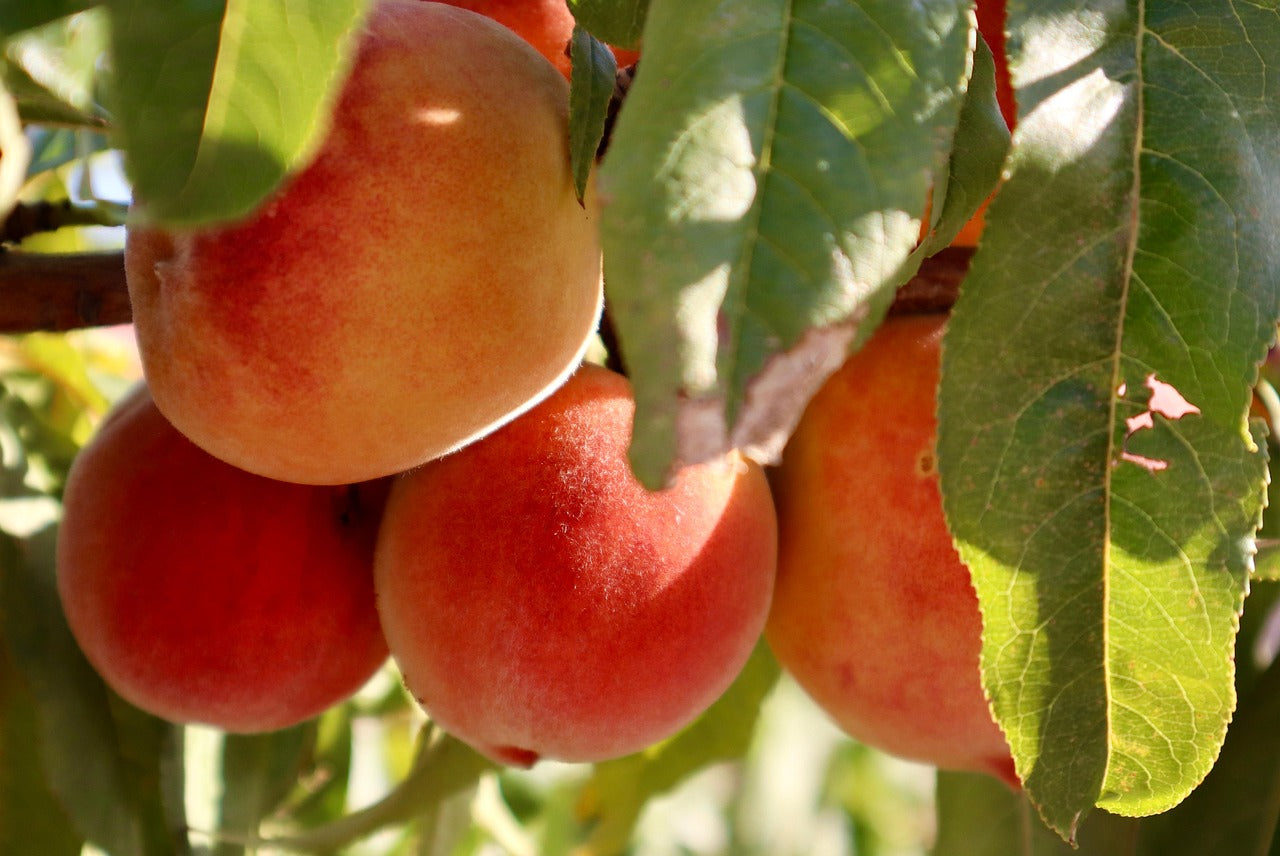Rosemary is an attractive plant for your garden thanks to its brilliant blue flowers and needle like leaves. An added bonus besides the fragrance, colour and use in cooking, is that bees love Rosemary because of the lovely blue flowers they produce. Planting plenty of Rosemary together in your garden will give the bees lots of foraging opportunities. The scientific name for rosemary roughly translates to 'mist of the sea' as the grey/green foliage is thought to resemble the mist against the cliffs in the Mediterranean where rosemary originates.
Rosemary seed sowing
To give Rosemary seeds the best possible chance of germination, follow the following guide lines:- Soak the seeds just before sowing for about 2-3 hours.
- Fill a seed raising tray or shallow dish with potting mix (half) and fine sand (half)
- Sprinkle the seeds evenly over the mix then lightly cover with some more potting and sand mixture.
- Water lightly, then cover the tray with plastic (black polythene) or newspaper and keep it in a dark. but warm position (approx. 20C). The plastic or newspaper keeps the moisture in and the temperature even.
- Keep an even temperature.
- Germination can take up to 6 weeks.
- When the seedlings start to emerge remove the plastic or newspaper cover and move to a warm sheltered position, do not over water but water lightly.
- When seedlings reach around about 3cms high and are big enough, transplant them into a pot to get them more established before planting out in the garden.
On-going care for rosemary
Once established in the garden, Rosemary are easy to grow, they love a sunny position and can grow in a wide range of conditions. They can handle a variety of soils but prefer a reasonable well-draining soil. Prune Rosemary often and hard, that way they look nice and fresh and because of the fresh new growth they are easy to use in the kitchen. If you fertilise Rosemary regularly with Tui NovaTec slow release fertiliser they will rarely get pests or diseases, and will continue to reward you and the bees for many years.
This ‘How To’ Guide has been produced to provide basic information and our experienced staff are available to answer any questions that you may have. Because this guide is of a general nature, neither Palmers nor its staff are responsible for the application of the information, as the contents may need to be modified for individual projects and site applications.





